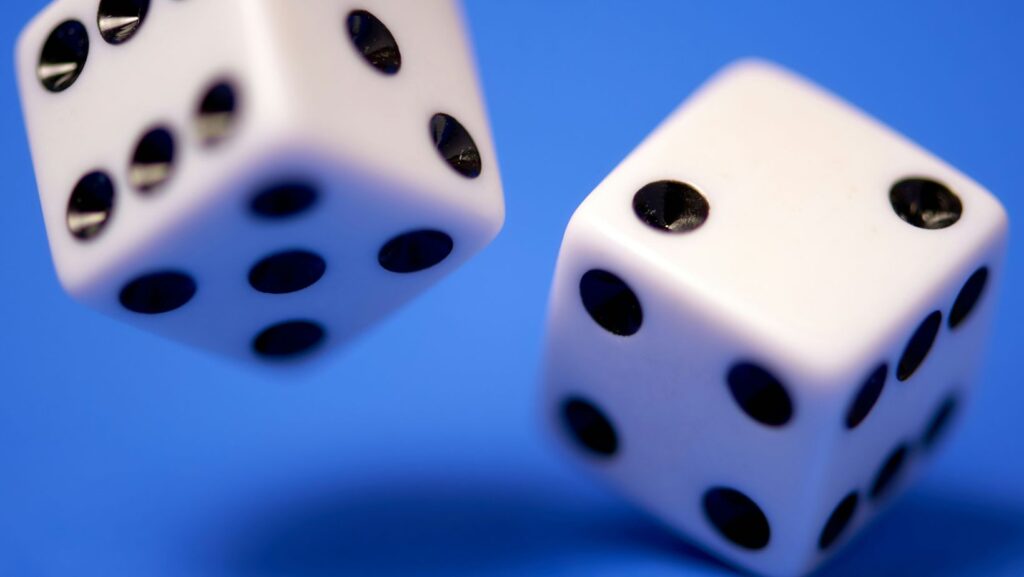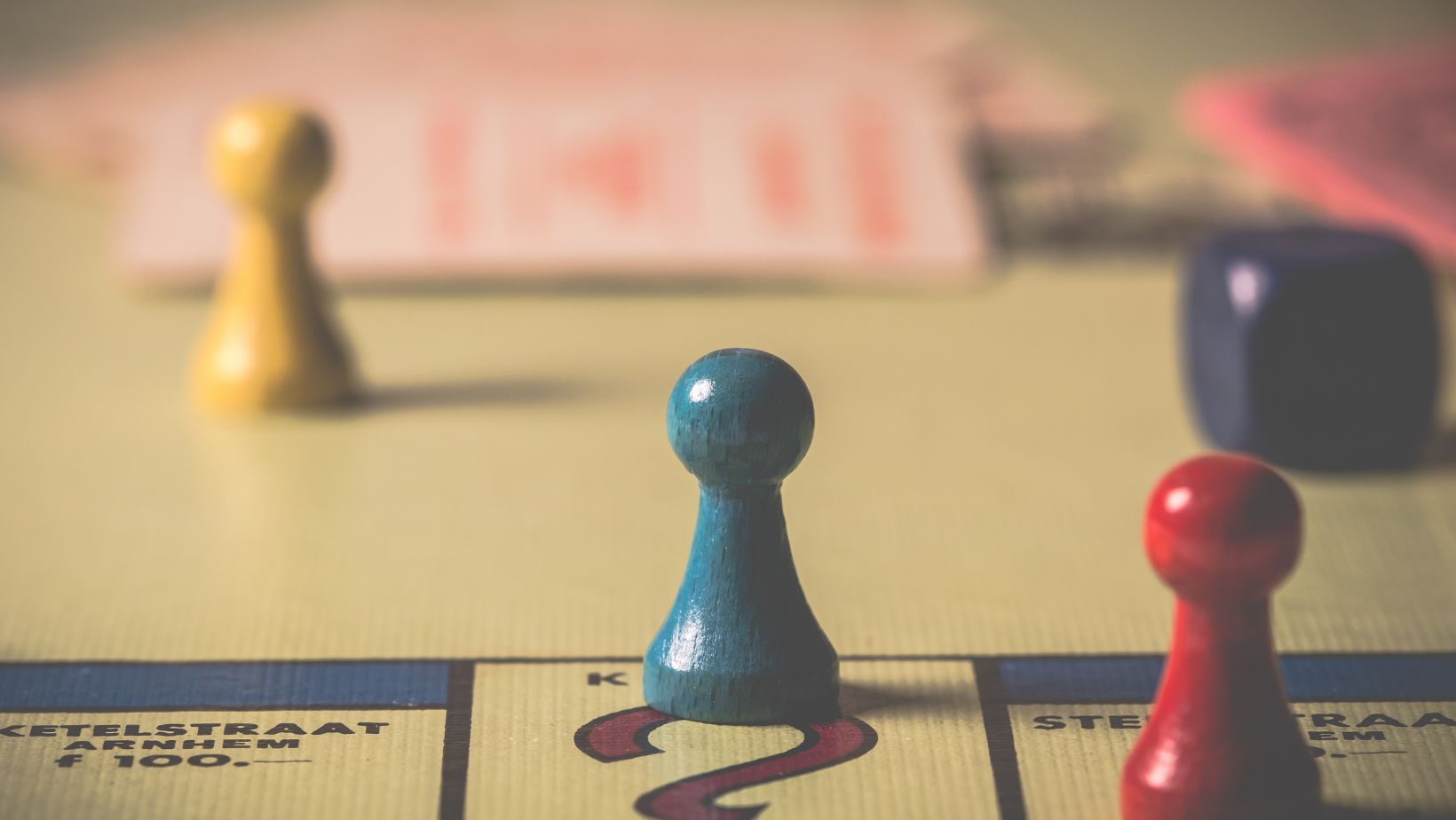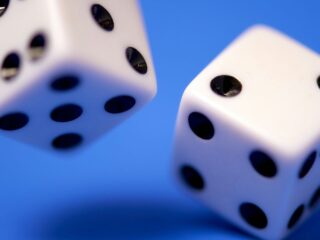
Modern games can work like compact gyms for the mind. Designed loops of challenge and feedback nudge perception, timing, and goal maintenance into sharper form. With the right mechanics, attention stops wandering and begins to lock onto cues, rhythms, and priorities. The result is practical concentration that transfers into studies, creative work, and everyday decision making.
Focus training appears not only in puzzle apps or study tools. Competitive titles, rhythm games, and high-tempo simulators require rapid signal detection, task switching with intention, and error recovery under pressure. Even an online casino environment can illustrate selective attention in action, where bankroll tracking, odds estimation, and table flow reward steady focus over impulsive moves. The point is not genre, but design: systems that demand clarity and restraint become training grounds for attention.
Why Games Can Build Focus
Attention improves when feedback is immediate and specific. Games deliver that feedback on every frame and click. Clear goals reduce cognitive noise, while escalating difficulty stretches focus without breaking it. Timers, cooldowns, and visibility cones create windows where precision matters, teaching the brain to quiet irrelevant inputs and prioritize the next best action.
Cognitive science backs this structure. Repetition with variation strengthens neural pathways responsible for sustained attention and inhibition. When distractions are penalized with missed beats or lost positions, the mind learns to filter aggressively. Over time, the same filtering habit appears at a desk, during reading, or while managing multiple apps.
Core Mechanics That Sharpen Focus
- Time-boxed sequences
Short windows for action encourage preparation, breath control, and decisive execution. - Signal discrimination
Color swaps, audio tells, and micro-animations train the eye and ear to spot high-value cues. - Working-memory chaining
Multi-step objectives build a habit of holding state, rules, and order without constant prompts. - Error visibility and quick reset
Immediate replays convert mistakes into lessons, reducing rumination and preserving attention. - Resource tension
Limited ammo, stamina, or currency teaches pacing, planning, and restraint under pressure.
These mechanics, arranged with fair difficulty curves, nudge the mind toward steady engagement rather than scattered effort. The loop looks simple: perceive, decide, act, review. Repeating that loop at rising speeds builds durable concentration.
Choosing Games With Productive Friction
Not every engaging title trains attention well. Productive friction appears when the challenge is clear, failure is legible, and success depends on consistency more than grind.

Interfaces should minimize clutter, tutorials should teach patterns instead of scripts, and rewards should celebrate accuracy, not only volume. Sound design matters too. Clean audio cues reduce visual overload and create a second channel for focus.
Design Principles For Sustainable Focus
A sustainable training plan respects energy and context. Sessions benefit from defined starts, a single measurable goal, and a hard stop. Difficulty should rise in small increments. Visual settings can trim effects that steal attention from gameplay-critical signals. Optional accessibility modes like high-contrast outlines or text-to-speech can further reduce cognitive load and make practice more intentional.
Practical Habits To Get The Most From Play
- Set one target per session
For example, hold a 95% rhythm accuracy for 12 minutes or complete three strategy turns with zero idle menus. - Use short, repeatable blocks
Fifteen to twenty minutes with a two-minute break protects attention from fatigue and keeps motivation high. - Review one mistake pattern
Identify a single frequent error, adjust settings or tactics, and test the fix immediately in the next run. - Rotate mechanics, not genres
Alternate sessions that train aim tracking, then memory chaining, then resource pacing to avoid plateaus. - Log signals and outcomes
A tiny note after each block captures what cue led to success and what distraction caused drift.
A small notebook or digital log turns play into practice. Writing down one cue that worked and one distraction that didn’t will tighten the next session without adding grind. Over a week, the log shows which mechanics build the strongest focus and which titles to retire.
Transfer To Work And Study
Transfer happens when practice resembles real tasks. Fast visual sorting aids spreadsheet scanning. Rhythm timing improves typing cadence and meeting facilitation. Resource tension maps neatly to calendar timeboxing and email triage. The same rule applies everywhere: reduce noise, define the win condition, and keep feedback close to the action.
Final Thought
Games do not magically fix attention. Games with purposeful mechanics, measured sessions, and honest review can, however, condition a steadier mind. Treat each run like interval training for focus. Choose clear signals, embrace quick resets, and celebrate consistency. Over time, distractions lose leverage, and attention learns to hold the line.












